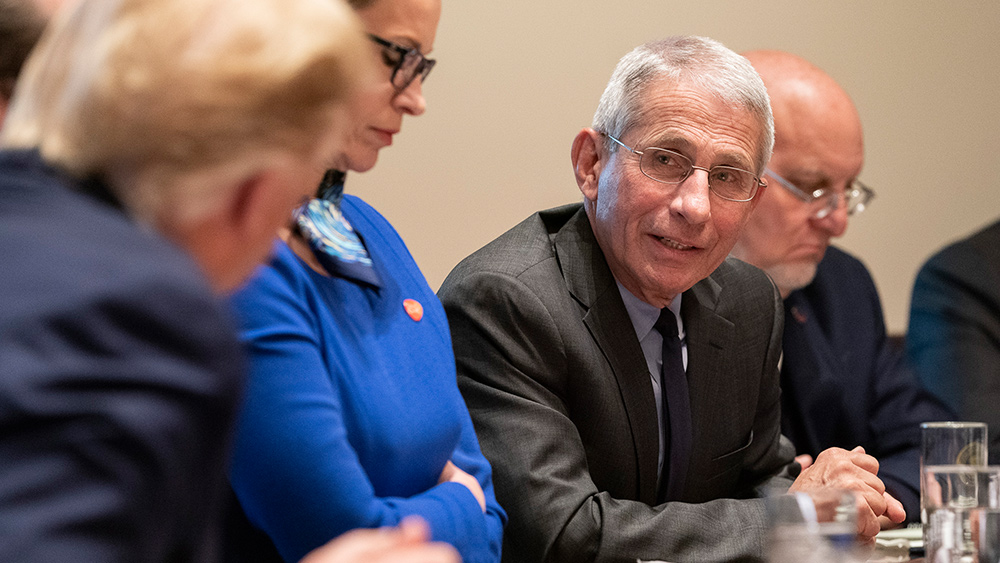 Parler
Parler Gab
Gab
Job regrowth, not labor force participation
"Labor force participation is flat, so this is just job regrowth. All the big jobs numbers are great, but we’re still growing into lost jobs. So it’s going to get slower as folks are coming back into the market with changed expectations and changed lifestyles," said Hamilton. An important factor, however, is the looming expiration of unemployment benefits in September. Many workers have refrained from taking jobs they didn't want because they had enough financial cushion to wait, but even with concerns of the virus, the need to work will eventually start to grow. "Money issues seem to be a rising concern among unemployed workers not searching urgently. More of them said the end of [unemployment insurance] benefits or financial cushions running low were major milestones that could prompt them to take a job," said Nick Bunker, Indeed’s economic research director. The total number of employed individuals is still well below pre-pandemic levels. However, it did improve by over one million in the past year. Labor force participation increased to 61.7 percent, and the unemployment rate slid to 5.3 percent. This gauge measures the employment level compared to the total working-age population, which rose to 58.4 percent since March 2020. Workers had been discouraged after sending out resumes and seeing rejection after rejection coming in. “When people lose their jobs, they often engage in a flurry of job search activity, they send off 20 applications, and then they sit back and wait to hear back from employers," Julia Pollak, labor economist for ZipRecruiter, said. "So many people are most engaged in their job search early on when it was most discouraging and their prospects were bleakest." As summer ends, there remains an unusual burden of convincing workers to fill historically high levels of job openings, which is critical to the economy. There are plenty of reasons for workers to still hang back, such as the concern for the coronavirus, childcare and remote learning, family obligations, and even holding out to better opportunities. There are also other unstated factors.Bhushan Sethi, a global people and organization co-leader at PwC consulting agency, said, "It’s not just labor demand and supply, these are tough working conditions. I can’t underscore enough the real concern of individuals,” he said. Am I safe? Will I be forced to trade personal safety around the virus and variants for a job?"
Despite starting with historic layoffs, American workers may find themselves this year with more bargaining power than they did before.
Read more updates about job growth and the economy at Bubble.news.
Sources include:
Deborah Birx hid covid info from Trump, altered CDC guidelines without approval
By Ethan Huff // Share
By Mary Villareal // Share
Port of Los Angeles director: US supply chain at risk if rail service does not improve
By Mary Villareal // Share
Qatari study finds natural immunity is 97% EFFECTIVE against severe COVID even after 14 months
By Ramon Tomey // Share





